Many people don't think about food racism, but the diet world can be a big contributor to making what we buy and how we eat a classist issue.
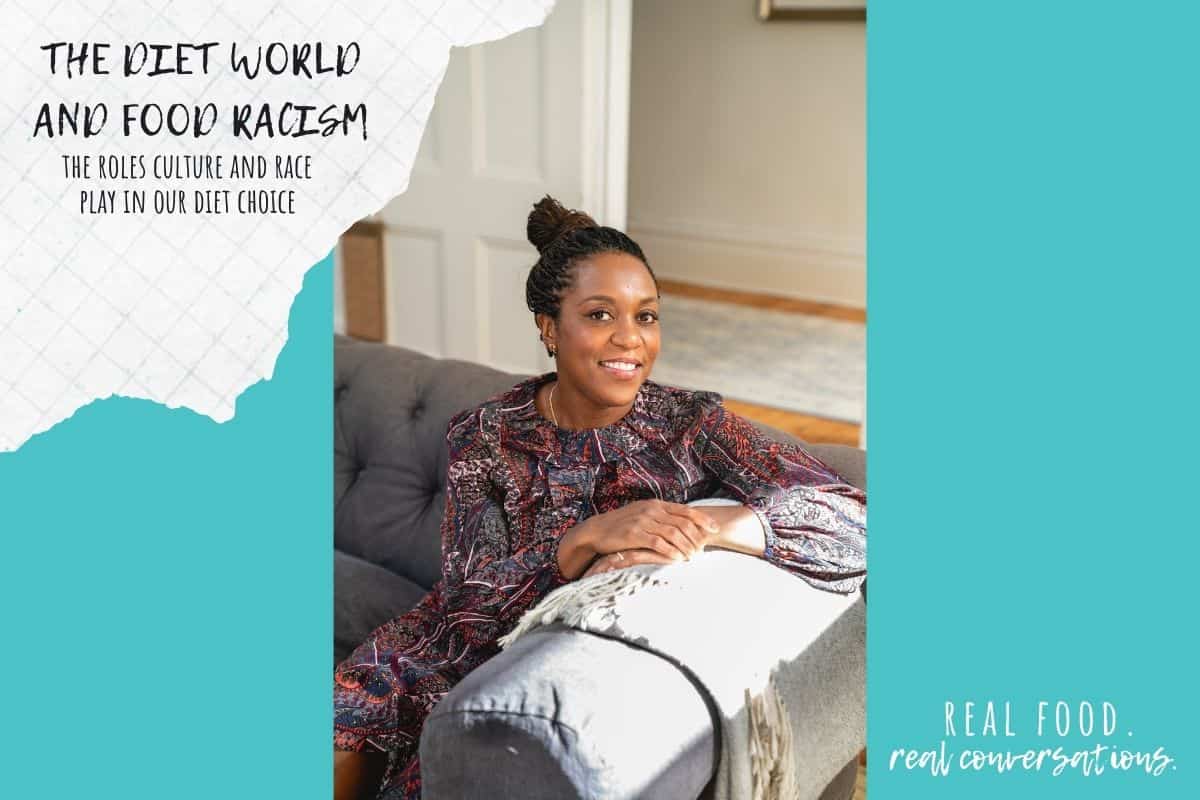
As we scour the online world for recipes under whatever diet we follow, it's easy to assume that everyone has access to the ingredients so often found. But what happens to people that struggle to obtain those foods?
Podcast: Play in new window | Download | Embed Subscribe now! Apple Podcasts | iHeartRadio | TuneIn | Deezer | RSS | More
Maya Feller, MS, RD, CDN of Brooklyn-based Maya Feller Nutrition is a registered dietitian nutritionist, nationally recognized nutrition expert and adjunct professor at New York University. In her practice, she provides medical nutrition therapy for the management of and risk reduction of non-communicable diseases.
Maya received her Masters of Science in clinical nutrition at New York University, where she is adjunct faculty. Whether addressing the nation or working one on one and with groups, Maya believes in providing nutrition education from an antibias patient-centered, culturally sensitive approach.
Maya is dedicated to promoting nutrition education that helps the public to make informed food choices that support health and longevity.
Maya shares her approachable, real food-based solutions to millions of people through regular speaking engagements, writing in local and national publications, via her social media account on Instagram, @mayafellerRD, and as a national nutrition expert on Good Morning America, GMA3: What You Need to Know and more. She is the author of The Southern Comfort Food Diabetes Cookbook: Over 100 Recipes for a Healthy Life.
Inequality in The Wellness Space
As a whole, the wellness space struggles when it comes to being a welcome and accessible space to all people. Because of the "look" portrayed, many don't feel represented and therefore they don't believe it is a space they belong in.
But we need to radicalize this space so that it feels more inclusive. This isn't easy as the issues run deep. A few things we can do to help make change are:
- Share others in the wellness space that come from all cultures.
- Share accounts with people who range in size, ability and ethnicity.
- Recognize your implicit bias and when working with clients don't make assumptions about their diet based on their culture or size.
- Allow clients to be a part of the process from the beginning.
- Recognize that foods aren't bad and good, and all foods can have a place in someones diet if planned correctly.
- Open space to talk about things that may make you uncomfortable.
This issue is seen across diets, whether it's veganism or medical centered diet's like the Mediterranean and DASH diet. The research shows great gains when following these diets so at the core they are great, however they don't translate to race and ethnicity for people that don't eat in those ways.
The bottom line is that there is not just one path to health. There are many ways to reach health goals that can honor the person as a whole. It is possible to support a diagnosed condition with a diet that includes cultural foods.
Food Accessibility
When it comes to wellness, there is an underlying assumption that it needs to be expensive and fit a certain theme. But not only is this not true, it also doesn't recognize that not everyone has access to the same foods.
Depending on where someone lives, whether they have a car, what hours they work and many more other factors, being able to shop for, afford and even find things like fresh produce, specialty ingredients, grains, etc may not happen.
But there are ways to help clients and readers with food accessibility and make wellness more accessible:
- Help share ways to look at food costs and determine where people can get the best deals.
- Encourage eating a combination of fresh foods and prepared foods, including those that are pre cut, canned or frozen to balance time and cost.
- Help make diet plans that will be sustainable long term.
Keeping social determinants of health in mind when sharing wellness ideas and practices will help make wellness a welcome space for everyone.
Wellness Education in Underserved Communities
The system behind health and wellness needs a lot of work. But one way we can start the process is to make room for education in communities that need it.
We only know what we know. The more we teach others, the better they will be equipped with tools to help advocate for themselves.
There are already program out there that are doing an amazing job, but we need more!
Getting wellness education into schools is such a great way to start the learning young. Research shows that when you lay a solid foundation with your health and wellness, it sets the stage for a healthy future.
A program called Wellness in the Schools is an amazing program that goes into specific schools to teach health and wellness education.
There are other programs that work in communities like Campaign Against Hunger along with local community health programs and farms that get involved with helping people learn about wellness and staying healthy.

PS- If you liked this episode of Real Food Real Conversations, please subscribe and leave me a review!
And tag me on Instagram whenever you're listening! I reply to all my messages!


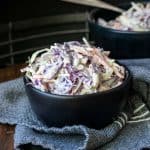
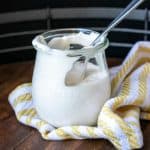
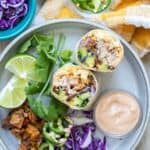
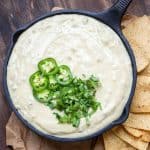
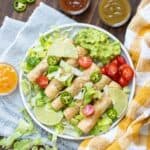
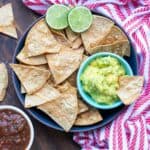
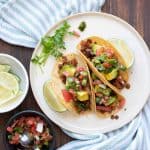
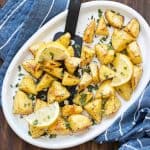
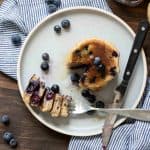
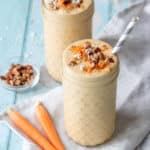
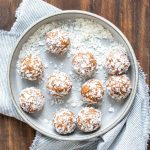

Questions or comments? Let me know below!